How did E3’s first big public opening go? Here’s what the gamers and industry thought
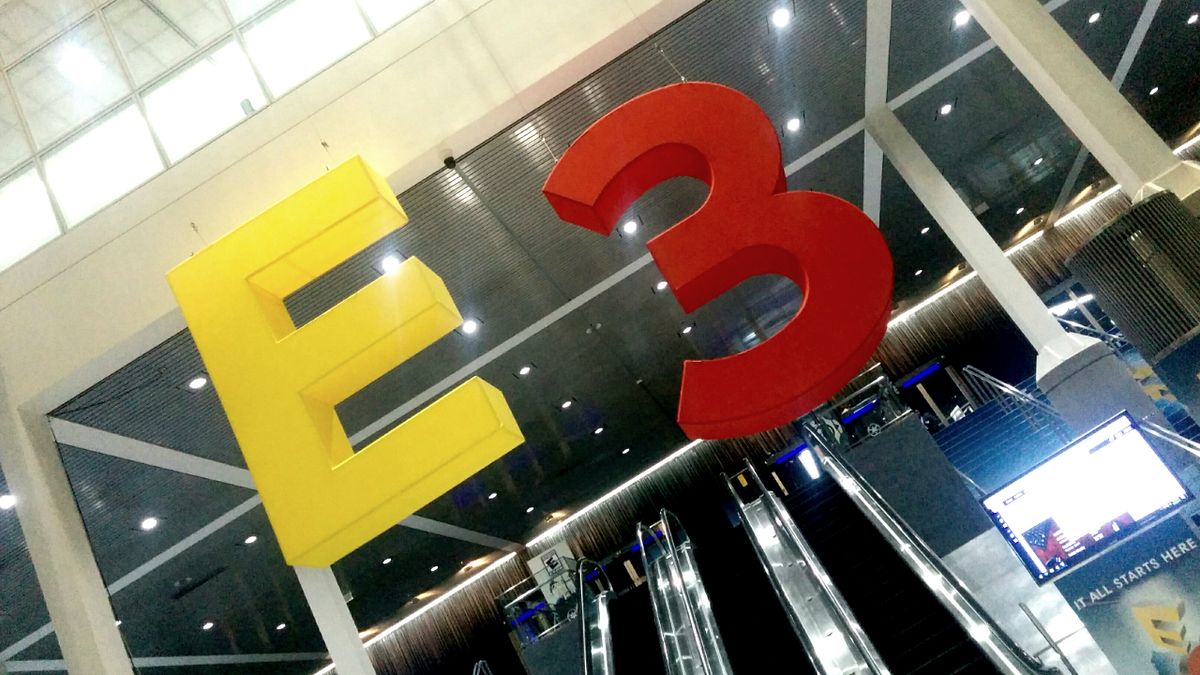
This year E3 changed. For (almost) the first time it threw open the doors to the paying public (having previously let 5000 people in by invite only in 2015). 15,000 people paid $250 to gain access to the event this year and, for the most part, loved it. One person we spoke to called it, “a bucket list event to go to.”
For gaming fans the chance to see and play some of their favourite games ahead of release, and to attend one of the biggest events in the industry was an incredible experience. We interviewed several gamers there, and all the people we jumped on with a camera were excited, treating it as a chance-of-a-lifetime event. “It’s just amazing to be at E3” was the comment that typified most people’s feeling.
But there’s no getting away from the fact that while the Electronic Software Association who run the show had sold thousands of tickets, it hadn’t really accommodated for the numbers. For the public, just happy to the be there, that meant one thing: queues. “The crowds are crazy. We waited four hours to play Destiny 2,” one attendee told us. “I’ve been in this line since 10am and it’s now gone noon,” said another.
Again and again we heard the same thing: “It’s very packed but it’s a lot of fun,” said one person, with 'it’s packed' basically the universal assessment. “There’s a lot of people. Very crowded.” another told us, for some variation on the theme.
This crowded in fact:
Day 1 @ e3 2017 one of the biggest crowds we've seen in a while pic.twitter.com/9CQhaPCWb3June 13, 2017
On the first day the queues created a mass of people that spilled out of the main hall. The size of the waiting crowd was so great that the organisers decided to let everyone in 15 minutes early to try and let off some of the pressure. Tweets at the time focused on the hazard the crush might pose, including this from Bethesda's Pete Hines:
They just announced they’re opening doors 15 min early. Lines are too long and it was a hazard. So it shouldn’t be too crowded in here todayJune 13, 2017
The ESA was (understandably) keen to play that down. In a statement Dan Hewitt from the ESA said the decision was made to “open 15 minutes early because the floor was ready and out of an overabundance of caution about attendees on the sidewalks outside of the convention centre. “As soon as the doors opened, the lines dissipated. Everything is and was always under complete control. ‘Overwhelm’ makes it sounds like we weren’t prepared and we absolutely were and are.”
Sign up to the 12DOVE Newsletter
Weekly digests, tales from the communities you love, and more
Those huge crowds weren’t a continued problem as the show progressed, but that’s more likely due to less sales on later days than any clever organisational shift. While the public were too excited to care, the industry was less enthusiastic - remember, of the 68,400 or so people attending, 53,4000 were there to work. And some of them weren’t happy.
The way I feel today, I kinda don't want to do #E3 again. I don't like PAX because of the huge crowds, and E3 has now become that #exhaustedJune 17, 2017
Honestly, that show floor is something else. If you're anxious of crowds or get claustrophobic, stay well away.June 15, 2017
Consensus is it's pretty much the worst E3 as far as crowdsJune 14, 2017
While I was there the friction between industry people trying to work and huge crowds of public was hard to miss. I was late for appointments because it became impossible to get through the halls. Several usually calm, behind-closed-doors areas, where retailers and publishers meet, also became packed as the non-press side of the industry squeezed into escape the throng.
It wasn’t the public's fault. It was just difficult and poorly thought out. The show ran identically to last year, just with 15K extra people. And it wasn’t just getting around the show that was affected: there were fewer appointments and less access for industry attendees.
The obvious response was to aim for a more Gamescom-like approach. The European show is built around being open to the public, with specific media-only days to help the industry get things done.
All of these Public E3 Updates: 😬But then, Gamescom is bigger.But also: Gamescom is excellently organised. A breeze for media.Is E3?June 13, 2017
It was something that more than a few prominent faces were in support of, with Epic’s Mark Rein and COD developer Sledgehammer’s Glen Schofield both in favour of that show’s approach.
I think E3 exhibitors will adapt to the crowds, spread out a bit, and eventually it will be a better show for the fans like Gamescom is.June 17, 2017
So glad the public can attend E3. Next year make it affordable and for more people, like tens of thousands. Gamescom, dudes! Make that hereJune 11, 2017
Whatever E3 decides to do next year there was one serious oversight that has to be addressed and that’s security. For all intents and purposes there was none. Barely enforced badge checks, no searches, and no real sense that anyone was monitoring anything. It’s something addressed by Vlambeer co-founder Rami Ismail in a blog post:
“For every single day of the event, which was secured by private security contractors, I’ve tried to walk into the building from the street outside to the showfloor without wearing my badge. I succeeded every single time, over the period of three days, and every time I was carrying a backpack that was never checked for its contents. It would be trivial for someone to bring any sort of weapon to the event, and security would not be able to react fast enough in the hall to prevent anything from happening.”
Better organisation and security are, in theory at least, easy to fix with a year to plan, especially with overcrowding being almost unanimously the only complaint mentioned by all involved. While the ESA hasn’t committed to public ticket sales yet for next year, pending feedback, the chances are it will. The show is changing; what once was a trade only event for media and retailers to see the year’s coming games has seen plenty of big names pull out. Activision no longer has a booth, choosing instead to appear via first party stands such as Sony’s. Meanwhile Nintendo favours its own Directs streamed online, around E3 time but totally separate from it. Even Sony, which still takes part, holds its own separate events elsewhere in the year, and increasingly favours those for its bigger reveals.
The world around E3 has changed. Everything works online now - via websites, YouTube and social media, and is always available. A single monolithic event happening once a year is the polar opposite of that freedom and access. One description of this year’s E3 likened it to ‘a theme park with games instead of rides’, and while the first show’s attempt at that might not have gone too smoothly, it might be the only future in which it survives.

I'm GamesRadar's Managing Editor for guides, which means I run GamesRadar's guides and tips content. I also write reviews, previews and features, largely about horror, action adventure, FPS and open world games. I previously worked on Kotaku, and the Official PlayStation Magazine and website.

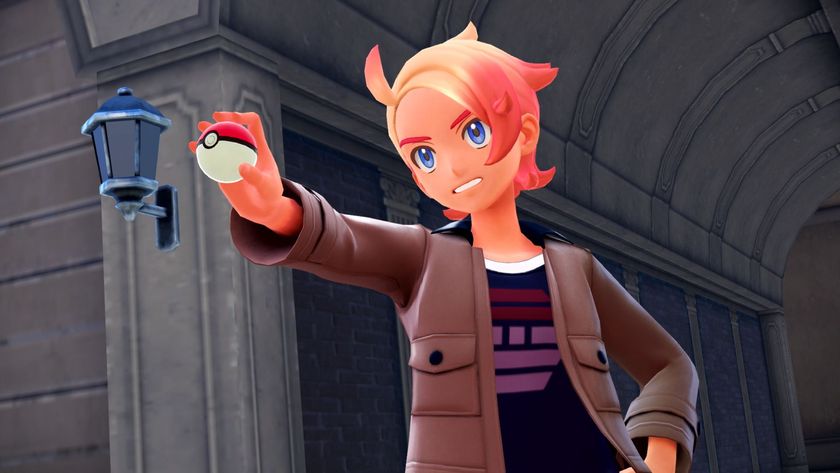
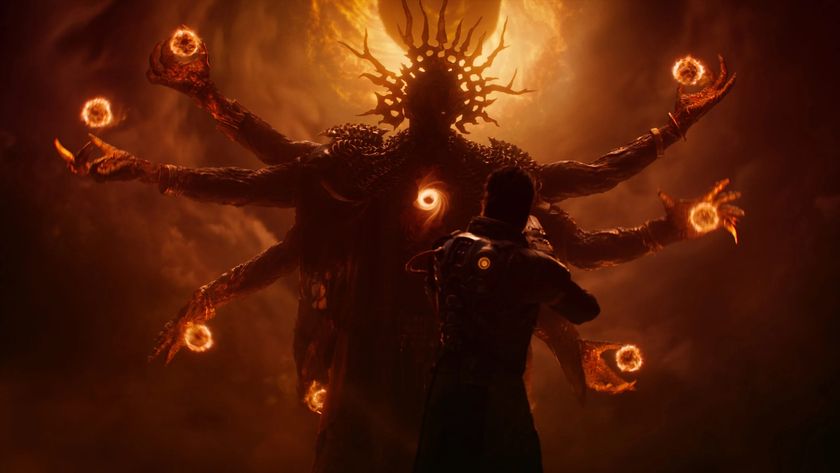
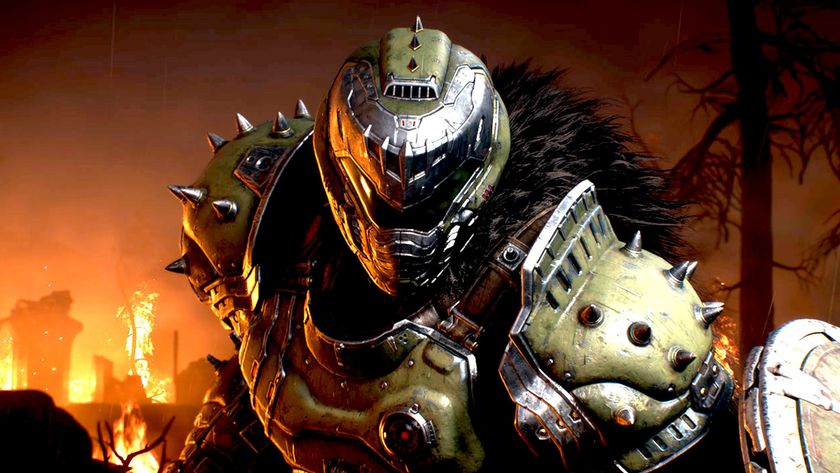
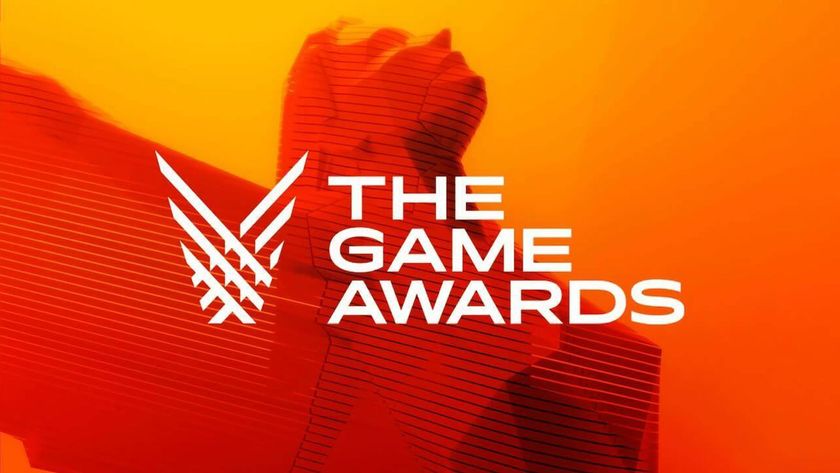

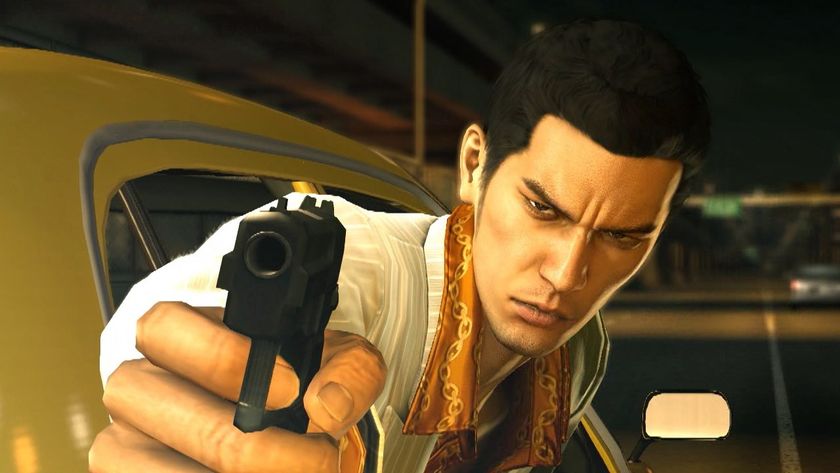






When is the Game Developers Conference 2025 and why is it so interesting?

Everything announced at Pokemon Presents 2025




